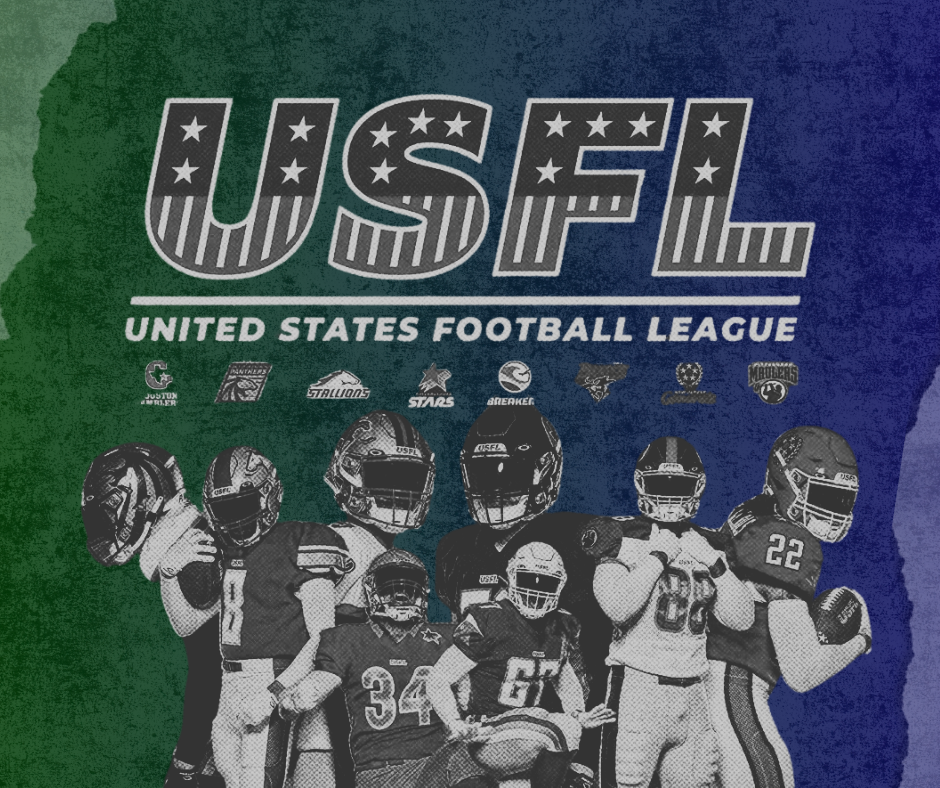A Warning From South Boston
In Good Will Hunting, Ben Affleck’s character delivers a tough message to Matt Damon: if he does not seize his opportunities, he will be stuck in the same Southie neighborhood forever. The lesson is simple: learn from the past, grow, and avoid repeating mistakes.
College football is at a similar crossroads. In the 1980s, the USFL offered a blueprint of what not to do when unchecked ambition and short-term thinking collided. Today, the NCAA faces its own version of that cautionary tale. Without real regulation, collective bargaining, or structural reform, college football risks financial chaos, broken promises, and the erosion of the sport’s integrity.
The USFL’s Bold Beginning
When the USFL launched in 1982, founder David Dixon had a disciplined plan. His model emphasized patience: build rosters with affordable local college stars, avoid competing directly with the NFL, and only pursue marquee names after several years of stability. The philosophy was summed up by one of football’s most reliable metaphors, do not outkick your coverage.
But almost immediately, owners abandoned Dixon’s blueprint. Instead of restraint, they chased headlines and big-name players.
Herschel Walker and the Domino Effect
No signing better symbolized this shift than Herschel Walker. After winning the Heisman at Georgia, Walker was the biggest name in the sport. Though underclassmen were not supposed to be eligible, the New Jersey Generals broke the rules and offered him a deal that consumed 77 percent of their salary cap. For context, even Patrick Mahomes’ record-breaking contract eats up less than a quarter of the Chiefs’ cap today.
Once Walker signed, other owners scrambled to land their own superstars. What Dixon feared (overspending and unsustainable contracts) quickly became the norm. The Michigan Panthers lost $6 million in their first year, three times Dixon’s projected cap for acceptable losses. For a brief moment, the USFL fielded NFL-caliber talent, but at a price tag that was doomed to collapse.
Steve Young’s Phantom Millions
The Steve Young saga illustrates how reckless this environment became. The Los Angeles Express signed him to a staggering 10-year, $40 million contract, most of it deferred in annuities. The problem was that owner J. William Oldenburg did not actually have the money. The league never required him to show financial proof, and his fraud eventually unraveled. Young ended up with just 10 percent of what was promised.
It was a classic case of false promises, unregulated spending, and the kind of short-term hype that destroys leagues.
Why Pro Sports Leagues Survive
By contrast, the NFL, NBA, and MLB all endure because they eventually created sustainable frameworks, even if built on decades of exploitation. Collective bargaining agreements gave players guaranteed revenue shares, salary protections, and mechanisms for disputes. Owners still fight, labor strikes still happen, but the system keeps the leagues viable.
Even with homogenous ownership groups of wealthy billionaires, balancing the interests of every team is messy. MLB’s luxury tax is nicknamed the Cohen Rule because one owner’s overspending habits had to be reined in by league policy. Yet despite friction, the leagues survive because rules exist.
College Football’s NIL Problem
Now look at college football. The NIL era was supposed to empower players, right a historic wrong, and share the wealth. But in practice, it is playing out more like the USFL, filled with splashy promises, little oversight, and deals that evaporate once the cameras are off.
The issue is scale and variance. NFL rosters are around 53 players while college rosters can double that. NFL players are all professionals with relatively narrow income gaps, but in college football the distance between an Alabama quarterback and a backup lineman at Kennesaw State is enormous. Add in 134 FBS teams with wildly different resources and you have a recipe for chaos.
Who exactly negotiates a college football CBA when every team, every conference, and every booster collective has different priorities? The NFL’s battles look simple compared to that.
NIL Nightmares Already Here
We do not have to speculate about the risks. The horror stories are already happening.
Jalen Rashada was a top-50 recruit promised nearly $14 million in an NIL deal at Florida. He never saw a dime. What followed was lawsuits, transfers, and three lost years of his college career.
Matthew Sluka, UNLV’s starting quarterback, walked away mid-season after NIL money fell through. His senior year vanished overnight.
These are modern echoes of Steve Young’s USFL disaster: contracts without backing, promises without enforcement, and young athletes caught in the fallout.
The Paradox of Player Empowerment
The tragedy is that NIL was meant to fix exploitation. Players finally had a chance to be compensated for their labor, their likenesses, and their massive role in the billion-dollar college football industry. Instead, without oversight, the system has opened the door to fraud, false promises, and instability.
It is the same story the USFL told decades ago, with unchecked ambition leading to collapse.
Why Regulation Is So Hard
To stabilize college football, there must be some form of regulation or bargaining framework. But the obstacles are staggering. Roster sizes are twice as large as in the NFL, meaning more voices at the table. The financial variance between schools is extreme, from Ohio State to Sacramento State. Conferences function as semi-autonomous leagues, each with its own rules and politics. And on top of that, universities, boosters, television networks, and Congress all want a seat at the table.
In other words, imagine the difficulties of negotiating an NFL CBA, then multiply the complexity many times over.
At a Crossroads
College football now faces two paths. It can continue unchecked, with NIL remaining a free-for-all where the loudest booster wins, contracts collapse, and players are exploited. Or it can attempt to find structure through regulation, oversight, and some form of collective agreement that prevents the next Rashada disaster.
Neither road is smooth. Regulation means bruising negotiations, court battles, and perhaps even strikes. But the alternative is worse, a sport that eats itself from the inside.
Please Learn From The Past
The USFL collapsed because it could not resist the temptation of immediate credibility and star power. College football risks the same fate if it treats NIL as a short-term arms race instead of a long-term framework.
The irony is sharp. The movement that was supposed to liberate players has already produced new forms of exploitation. If college football wants to avoid becoming the next failed league, it must learn from the USFL’s mistakes.
The question is whether the NCAA has the discipline and the negotiators to pull it off.
Want more Sandman? Come connect with us here at sandmansports.com/onestopshop





